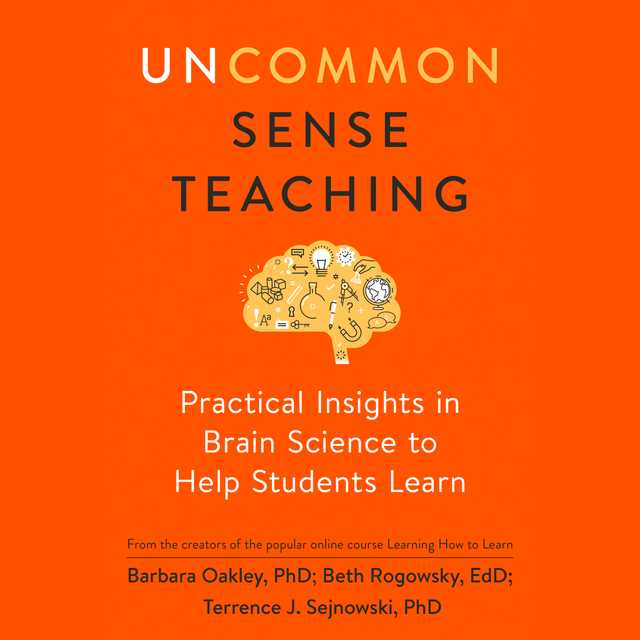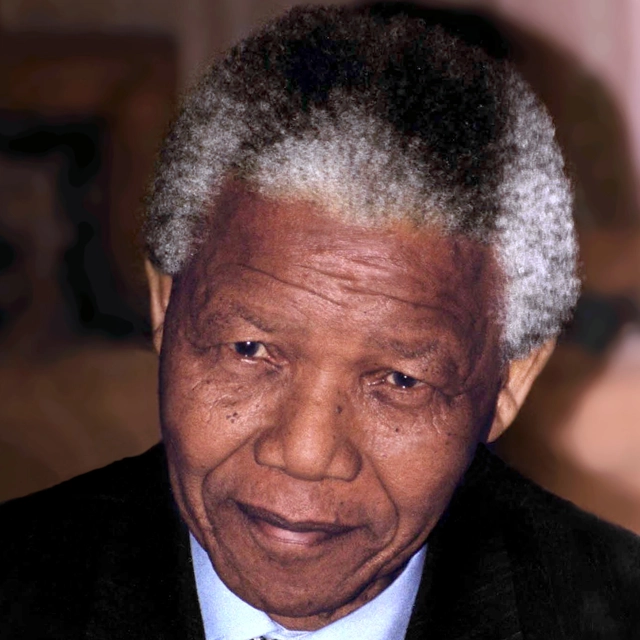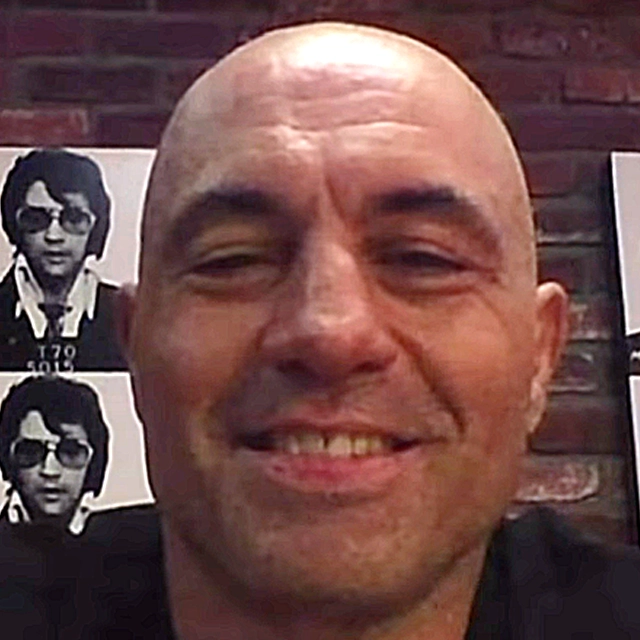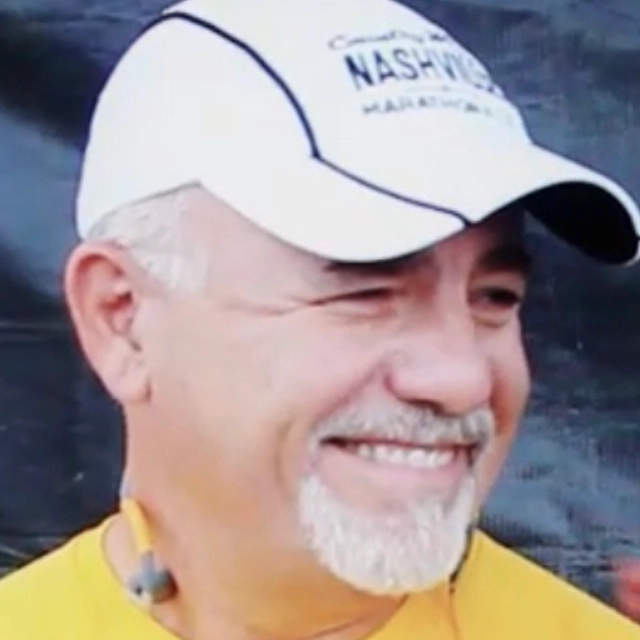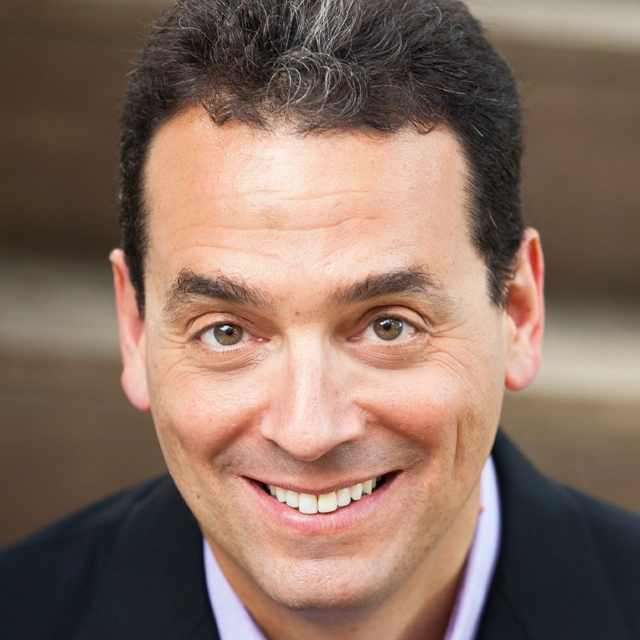In the Sanctuary of Outcasts Audiobook Summary
Daddy is going to camp. That’s what I told my children. A child psychologist suggested it. “Words like prison and jail conjure up dangerous images for children,” she explained. But it wasn’t camp . . .
Neil White, a journalist and magazine publisher, wanted the best for those he loved–nice cars, beautiful homes, luxurious clothes. He loaned money to family and friends, gave generously to his church, and invested in his community–but his bank account couldn’t keep up. Soon White began moving money from one account to another to avoid bouncing checks. His world fell apart when the FBI discovered his scheme and a judge sentenced him to serve eighteen months in a federal prison.
But it was no ordinary prison. The beautiful, isolated colony in Carville, Louisiana, was also home to the last people in the continental United States disfigured by leprosy. Hidden away for decades, this small circle of outcasts had forged a tenacious, clandestine community, a fortress to repel the cruelty of the outside world. It is here, in a place rich with history, where the Mississippi River briefly runs north, amid an unlikely mix of leprosy patients, nuns, and criminals, that White’s strange and compelling journey begins. He finds a new best friend in Ella Bounds, an eighty-year-old African American double amputee who had contracted leprosy as a child. She and the other secret people, along with a wacky troop of inmates, help White rediscover the value of simplicity, friendship, and gratitude.
Funny and poignant, In the Sanctuary of Outcasts is an uplifting memoir that reminds us all what matters most.
Other Top Audiobooks
In the Sanctuary of Outcasts Audiobook Narrator
Taber Burns is the narrator of In the Sanctuary of Outcasts audiobook that was written by Neil White
Neil White is the former publisher of New Orleans Magazine, Coast magazine, and Coast Business Journal. He lives in Oxford, Mississippi, where he owns a small publishing company. This is his first book.
About the Author(s) of In the Sanctuary of Outcasts
Neil White is the author of In the Sanctuary of Outcasts
More From the Same
- Author : Neil White
- The Darkness Around Her
- The Innocent Ones
- From the Shadows
- Publisher : HarperAudio
- Abraham
- American Gods [TV Tie-In]
- Dead Ringer
- House of Sand and Fog
- Prey
In the Sanctuary of Outcasts Full Details
| Narrator | Taber Burns |
| Length | 8 hours 32 minutes |
| Author | Neil White |
| Publisher | HarperAudio |
| Release date | January 29, 2013 |
| ISBN | 9780062271266 |
Additional info
The publisher of the In the Sanctuary of Outcasts is HarperAudio. The imprint is HarperAudio. It is supplied by HarperAudio. The ISBN-13 is 9780062271266.
Global Availability
This book is only available in the United States.
Goodreads Reviews
Will
July 10, 2019
A driven writer and entrepreneur, Neil White, played fast and loose with other people’s trust, manipulated money around in a way that was frowned upon by our legal statutes, and found himself a guest of the government at a penal institution that also served as America’s last leper colony. In the Sanctuary of Outcasts tells of his one year stay there, what he saw and learned, not only about our criminal incarceration system but about the history of leprosy, both the textbook learning and the sort that no book can teach, about true acceptance and understanding, overcoming one’s worst and becoming one’s best. Holding your family life together and coping with a year in the joint is put in perspective when you are surrounded by people who are literally wasting away, but who may have more substance to them than those more fortunate. The tale here is primarily White’s journey, his change from a person 100% concerned with the trappings of financial success, a disciple of “greed is good”, to a reflective, mature person, one more focused on doing good, and living simply and honestly. He comes to terms with his internal flaws in an environment defined by externalities. White offers a wonderful array of characters, from Ella, his legless muse to Doc, who has developed a remarkable way to attack many dire illnesses, to Link, a street thug, to an understanding priest. The list goes on. Many of the characters White encountered in his year in stir are briefly noted, but he offers a rich array of their interesting tales and this enhances the storytelling. He also offers us a peek into the strain his incarceration placed on his family. There are grainy photos in the book of some of the people he writes about, including his wife and children. I imagine that is how they looked attached to wall of his cell. I suppose one must wonder if White truly found some light, or, a gifted manipulator, he simply found a nifty way to come across as a better person than he is. We can not really know this from his book, of course. If it is the latter, he deserves credit for doing a pretty good job of it. But I suspect there is more than a grain of truth to his tale of personal growth. Either way, In the Sanctuary of Outcasts is a warm, fast, engrossing and satisfying read. ==============================QUOTESP 169 – Finally, in a sanctuary for outcasts, I understood the truth. Surrounded by men and women who could not hide their disfigurement, I could see my own.P 187“How can I face the people of Oxford? What will people think?” I said.“What peoples think,” Ella said,”ain’t none of your business.”That night, in bed, I pondered this novel idea—to act without seeking praise from others. A good portion of my adult life had been spent daydreaming about what others thought of me. I imagined and re-imagined accolades, awards, trophies, applause. Just wait until they see this! I would say to myself, not even sure who “they” were. Journalism had been the perfect profession to spread the good news of my accomplishments. More than sixty thousand households—every neighbor, friend, and relative—received a monthly sampling of my works bound in the finest paper money could buy. People stopped me on the street to talk about a never-before-published photograph I had discovered, or a thought-provoking editorial I had penned. And I was more than happy to stop and elaborate. At times, it made me dizzy. I felt like I was fulfilling a destiny.Now, this hunt for adoration felt demeaning.
Beck
February 08, 2011
In the Sanctuary of Outcasts is well written, compelling, and entertaining. My reader-brain loved White's interesting characters, vivid descriptions, and witty dialogue. The writer in me was drawn to Neil White's use of contrasting themes and images: the quiet contentment of the leper colony vs. the violence and unrest of the adjacent prison, the peaceful setting of the oak-lined plantation turned leprosarium against the sparse accommodations of the prison cell, the misshapen limbs of the sick vs. the obsessive body-building of some inmates, and most importantly - the arrogance and narcissism of the memoirist entering the prison contrasted with the self-awareness and introspection of the man leaving. I agree with the reviewers who disliked Neil White intensely in the first half of the book, but isn't that the point? He was a thoroughly unlikable con man, bilking his friends for millions and his mother of her life savings without regard for anyone but himself. He made no attempt to learn from his early mistakes or to take advantage of the second chance he was given even before getting caught and arrested. White's descriptions of the patients he befriended are touching - the simple wisdom of Ella and the gentle friendliness of Harry. His humorous accounts of the inmates are great fun - Link with his crude real world perspective, Doc's intellectual tunnel vision, and Jimmy Hoffa's lawyers descriptions of his client's love of farting. The variety of the short scenes makes the book a quick read, along with the appeal of the Southern gothic charm the Mardi Gras parades, "high-stakes" Monopoly games with a financial shysters , and the smuggling of everything from muffalettas to prostitutes into the facility. There are lessons to be learned here, in particular Ella's cola bottle story, which ends with the moral than a leopard (with a nod to Link) can't change his spots. When White worries about how to be a different man when released, Ella reminds him that the characteristics that led to his downfall will never go away. He'll always be proud, needy of attention, and egotistical. She teaches him he must find a way to channel those flaws into achievements that benefit others. And the other important lesson is the one White learns about the superficiality of his world (and modern society.) His aversion to the stumps of lost limbs when he first meets the leprosy patients results from an obsession with beauty that led him to date beauty queens and undergo plastic surgery to hide the scar on his forehead from a childhood accident. What he learns from the patients at Carville is that real beauty comes from a simplicity of spirit and a generosity of self that have nothing to do with outer appearances.
Cindy
December 12, 2012
Neil White was a supremely successful southern business man, first a reporter, than a publisher, with a beautiful wife, lovely children, gorgeous homes and a yacht. He was a leader in the business community, contributed to many charities, and was an elite philanthropist, who traveled the world in high style.White’s world came crashing down when he was arrested for kiting million dollar checks and committing financial fraud by the FBI. White was sentenced to 18 months incarceration in Carville Louisiana, a picturesque, verdant, small, community in Louisiana.It was not until White arrived at his locus of incarceration, that he realized he was to serve his time in the nation’s only remaining Leprosorium, for people who were disfigured by Hansens disease. Many of the people in the facility had contracted the disease as children and were living out their entire lives in Carville, to protect them from the cruelties of the outside world. Most had been there for decades.Other white-collar criminal types were also incarcerated at Carville. Like White’s roomy, a Russian born physician and pharmacist, convicted of Medicare fraud for using an compound banned by the FDA, but quite effective for weight loss. It was estimated that he had billed Medicaid between $15-$37 million for these useful services. He was sentenced to 15 years in Carville. He was an very interesting man.At White’s first prisoner group meeting upon his arrival, led, of course, by a priest, another newly arrived con-man criminal, tells the priest group leader, that he didn’t want to “become no leopard.”Shortly after this first fun group orientation, White receives notification that his wife has, understandably, filed for divorce.So starts this absolutely incredible memoir. It’s reminded me in some ways of Thomas Mann’s, “Magic Mountain,” except that Mann's sanctuary was in a TB Asylum in Switzerland, not in a Leprosorium in Louisiana.White is an astoundingly good writer, and he strips himself raw in this memoir, examining himself and his life. He enters the leprosorium, an arrogant and angry man, and he leaves it profoundly changed by the experience.The book is not a depressing read. It is incredible, at times uplifting, sometimes tragically sad, but also moving. It is also true.The residents the reader meets who live in the Carville facility seem to exist in an alternate universe, separate entirely from our world and ways. The reality of people sequestered away for their entire lives for a treatable, manageable, disease is heartbreaking. More so when you consider the separations and horrific losses this would have required. By the time White enters the facility most of the permanent residents had lived there for decades. This was their home.At times, similar to when reading Mann’s Magic Mountain, I felt the residents sense of safety, their adjustment to their completely removed sanctuary, even if it meant they were outcasts.After all, don't most people feel like a bit of an outcast at some time or another in their life?Shakespeare certainly did. He wrote Sonnet 29 about it:SONNET 29"When, in disgrace with fortune and men's eyes,I all alone beweep my outcast stateAnd trouble deaf heaven with my bootless cries."But then he remembers, no matter how outcast he might be in "fortune and in men's eye's," he is not an outcast ....."For thy sweet love remember'd such wealth bringsThat then I scorn to change my state with kings."Something similar to this occurs in this book . Some of the people in the sanctuary, form bonds of friendship, respect and attachment to each other, that results in an unexpected community, that is quite moving to read about.In fact, later when I learned they might move the residents out of the only home they had known for many decades, I became quite upset, thinking you can't rob these people who have suffered too much, of their only sanctuary.White forms a close friendship with Ella Bounds, an 88 year old black woman and double amputee, who contracted leprosy as a child. She is a dignified and impressive person, who clearly had a powerful effect on White, as she does on the reader. There are more people and stories here that will at times humor you, possibly anger you, definitely surprise you, but in the end, move you profoundly.White leaves after eighteen months, a changed person, and the reader is a better person also, for having read this book.Highly recommend.
Anne
May 09, 2011
The first thing that I noticed were the enormous Spanish Oak on the cover, which is practically the secret Southern handshake of cover art. White is not just writing about lepers and criminals, he is writing a true story of the South. Some readers may not appreciate the occasional unrelated detail or bit of family history, but they are integral to White's Ole Miss-educated, Big Man on Campus, Good People tale. And the author's deep involvement in and appreciation of Gulf Coast culture add rich layers to this story of social outcasts, both professionally and physically, in one of our country's oldest and strictest societies.
Eleanor
May 20, 2009
An unexpectedly moving (and funny) memoir!When Neil White was sentenced to Federal Prison in the early 1990's for check kiting, the last place he certainly expected to be incarcerated was in a facility that also served as a community for victims of Hansen's Disease -- leprosy -- many of whom had been quarantined decades earlier and had few or no options for living anywhere else.White, who enters the place with understandable misgivings and a truckload of hubris, emerges over a year later with a deeply true sense of himself, and of what he must to do rebuild a life that he admittedly wrecked with greed. We are lucky enough to be introduced to a cast of characters that even the best writers of fiction would be hard put to credibly assemble.While Mr. White does lightly touch on the history of Carville, Louisiana and the medical and religious misunderstandings that led to wholesale quarantine of sufferers of Hansen's disease, he never delves deeply into these areas, and I would recommend John Tayman's masterful history, The Colony: The Harrowing True Story of the Exiles of Molokai for those interested in the subject.
Judith
September 11, 2022
What a wonderful story from a man who lost everything he thought was important and his embrace of his one year sentence to a federal prison that happened to be part of a Leper colony. His story is about how much he learned from these outcasts from society and how much he learned (and I learned from reading this book) about Leprosy in our country. It is now known as Hansen's Disease as there is such a strong aversion to the term leprosy. Neil White was imprisoned in Carville, Louisiana which served as the US's national leprosarium for more then a century. Individuals diagnosed with Leprosy were forcibly quarantined at this remote location. By the 1990s, the number of patients had dwindled to 130, the very last people in the continental US confined because of the disease. The facility had hundreds of empty beds, so the Bureau of Prisons transferred federal convicts to Carville. White writes with such humor, insight and compassion for both the patients of this facility and his fellow inmates and the prison guards and medical staff who were assigned to the task of serving both the federal prisoners and the Hansen Disease patients. One woman has lived her whole life since she was 6 years old in this facility. She was in her 80s at the time this book was written. Can you imagine; she had been isolated from society her whole life. She had no legs as they had been amputated. She was an amazingly positive person and gave Neil many words of wisdom as he began trying to figure out exactly who he really was and what exactly was important to him. There are so many worthy quotes in this book, I will just encourage you to read the book. It is quite insightful and well written. BTW, a small # of Hansen's disease patients still remain at Kalaupapa, a leprosarium established in 1866 on a remote, but breathtakingly beautiful spit of land on the Hawaiian island of Molokai.
Paul
February 07, 2011
If you liked "The Glass Castle", and, "The Tender Bar" you will love "In the Sanctuary of Outcasts". This is a memoir of Neil White. Neil was always told and believed that he would be "Big" someday. After he graduated from college as a journalist he became a magazine publisher. Life was good; he was married to a beautiful woman and had two lovely children. He also had the best in clothes, cars, and homes. He was generous to the communtiy, church, and friends.The "Good" life was soon to come to a crashing end. He became overextended and was caught "kiting". Kiting is a term used when a person moves money from one account to another account to avoid checks from bouncing. Neil was sentenced to serve eighteen months in a federal prison. He was assigned to the federal prison in Carville, Louisiana. This was a minimum security prisonthat was likened to a country club. Neill soon discovered that it also the last Leprosrium in the United States and that those afflicted with Hansen's disease would be living on the same grounds as the prison inmates. Neil tells of his coming to terms with his "friends" as he would later call them. It took a gradual understanding of the disease and what these people went through to turn him into a person that came to champion their rights. The book is full of odd characters, both from the prison and the Leprosariun. The reader must always keep in mind when reading about these people that their stories are true and these are real people. The most memorable on the prison side were:Frank Ragano, lawyer for mob boss Santo Trafficante who was paid by the CIA to assassinate Fidel Castro.Victor "Doc" Dombrowsky, an actual doctor, who after prison went to Italy and set up a clinic and was convicted of a securities fraud scheme.The most memorable on the Leprosarium side and probably the most influential in changing Neill's life was Ella Bounds. She was placed in Carville as a young girl and probably was as savvy as any psychologist or psychiatrist today. Neill is now working his way back into society with a different outlook on life. In the epilogue of this book he follows the lives of those he met in Carville and the fate of the facility.
Nancy
April 14, 2010
Neil White was once a very successful publisher of high-end travel magazines. He had everything - a beautiful wife, lovely kids, an exquisite home - and a massively inflated self-image. He started kiting checks, and he got caught and sent to prison. And by an amazing stroke of luck, he was sent to prison in Carville, LA, at the site of the only "leper colony" extant in the US. (Nowadays, people with Hansen's Disease are treated in their own communities.) This is his memoir of that experience, and it is kind of fascinating - mostly, I think, because of the juxtaposition of the medical outcasts - who are, by and large, people of startling goodness, kindness and hard-won wisdom - and the criminal outcasts, whose humanity often seems completely interred beneath unthinking cruelty and hatred.Of Neil himself, it is hard to know what to say. By his own admission, Neil was a con man - a very high-end con man, but a con man nonetheless. He is open about his character flaws, and the ending of the book is very poignant as he prepares to enter the world again, facing the same temptations that he once succumbed to. I wanted to believe in his redemption, because his story is pretty tragic, and I like happy endings. But I still could not help wondering if he was conning me, too. Oh well. The book was well-written enough for me to care about Neil and his family and to wish them well - and to hope that, by spending a year with people whose lives were pared down to bare bones, he was truly able to banish his false self and become the man he was meant to be.
Kdevoli
January 07, 2010
I thought this memoir was great. An overly-ambitious financier defrauds his banks and investors, and is sent to a minimum security federal prison in Louisiana which also turns out to be the last refuge in the United States for sufferers of leprosy. (The latter are considered "patients" in the facility and have committed no crimes.)Along the way he meets some memorable characters that ultimately help him accept what his new life as an outcast (ex-con) will be like. My favorite part of the book was the advice the author received from an elderly African American woman, a legless leprosy sufferer who had been dropped off at the facility when she was 12 years old - when he asked her how she deals with the knoweldge that other people regard her with revulsion and fear, she told him, "What other people think of me ain't none of my business." Ultimately she and the other patients give him the courage to move on, and become a better human being in the process.
Janet
April 29, 2018
This is a true story told by the author of the year he was incarcerated in a minimum security prison for a white collar crime. He came from a wealthy family and his wealth grew through publishing many popular magazines about Oxford, MS and the gulf coast. The interesting thing is this prison also housed lepers who were taken from their families and institutionalized to protect society. Neil was talented and conceited. In that year he met and learned to understand what the lepers had gone through. His fear of lepers and the prison life changed the way he saw himself. It is a book about how circumstances can bring about dramatic shifts in how a person sees himself and others. It has much humor and much to teach about humanity.
Amy
June 03, 2018
We have all these preconceived notions about leprosy, regardless of our education, where we were brought up and live, and our age. We can't help it. I was shaped by the visions I conjured in grade school (with the aid of textbooks, of course). The dim rooms, the iron masks, the shrouded figures. Rich and poor, it afflicted all walks of life. Now I know that armadillos spread it, and it's hardly contagious. I know these poor people were ostracised and cast out by families at a young, formidable age. They spent their lives in lonely exclusion on a crumbling river plantation, eventually shared with inmates. What a great subject for a book. Fortunately for us, Neil White thought so, too.
Patty
January 27, 2019
What an inspiring story! This is the memoir of Neil White who was incarcerated for a year (1993-94) in Carville, a leprosy outpost/now part-prison that was opened in the late 1800's. This book will make you consider what is truly important in life and what pride can do to a person when it is not well directed. A few years ago I read about a leper colony like this based in the early 1900's and this book was like reading the final chapter. I highly recommend it. I read it in one day.
Carrie
December 25, 2021
What an interesting memoir about doing prison in a leper colony in south Louisiana. Neil White balances the story perfectly between spotlighting the leprosy patients and his own time as an inmate. My favorite stories were those of his cell mate Doc and learning more about the disease we know as leprosy. Worth the read.
Cara
January 03, 2023
Great read about the hidden world of Sanctuary/asylums, misfits, and the ones left behind...Yet they have extraordinary stories To tell...
Most Popular Audiobooks
Frequently asked questions
Listening to audiobooks not only easy, it is also very convenient. You can listen to audiobooks on almost every device. From your laptop to your smart phone or even a smart speaker like Apple HomePod or even Alexa. Here’s how you can get started listening to audiobooks.
- 1. Download your favorite audiobook app such as Speechify.
- 2. Sign up for an account.
- 3. Browse the library for the best audiobooks and select the first one for free
- 4. Download the audiobook file to your device
- 5. Open the Speechify audiobook app and select the audiobook you want to listen to.
- 6. Adjust the playback speed and other settings to your preference.
- 7. Press play and enjoy!
While you can listen to the bestsellers on almost any device, and preferences may vary, generally smart phones are offer the most convenience factor. You could be working out, grocery shopping, or even watching your dog in the dog park on a Saturday morning.
However, most audiobook apps work across multiple devices so you can pick up that riveting new Stephen King book you started at the dog park, back on your laptop when you get back home.
Speechify is one of the best apps for audiobooks. The pricing structure is the most competitive in the market and the app is easy to use. It features the best sellers and award winning authors. Listen to your favorite books or discover new ones and listen to real voice actors read to you. Getting started is easy, the first book is free.
Research showcasing the brain health benefits of reading on a regular basis is wide-ranging and undeniable. However, research comparing the benefits of reading vs listening is much more sparse. According to professor of psychology and author Dr. Kristen Willeumier, though, there is good reason to believe that the reading experience provided by audiobooks offers many of the same brain benefits as reading a physical book.
Audiobooks are recordings of books that are read aloud by a professional voice actor. The recordings are typically available for purchase and download in digital formats such as MP3, WMA, or AAC. They can also be streamed from online services like Speechify, Audible, AppleBooks, or Spotify.
You simply download the app onto your smart phone, create your account, and in Speechify, you can choose your first book, from our vast library of best-sellers and classics, to read for free.
Audiobooks, like real books can add up over time. Here’s where you can listen to audiobooks for free. Speechify let’s you read your first best seller for free. Apart from that, we have a vast selection of free audiobooks that you can enjoy. Get the same rich experience no matter if the book was free or not.
It depends. Yes, there are free audiobooks and paid audiobooks. Speechify offers a blend of both!
It varies. The easiest way depends on a few things. The app and service you use, which device, and platform. Speechify is the easiest way to listen to audiobooks. Downloading the app is quick. It is not a large app and does not eat up space on your iPhone or Android device.
Listening to audiobooks on your smart phone, with Speechify, is the easiest way to listen to audiobooks.











